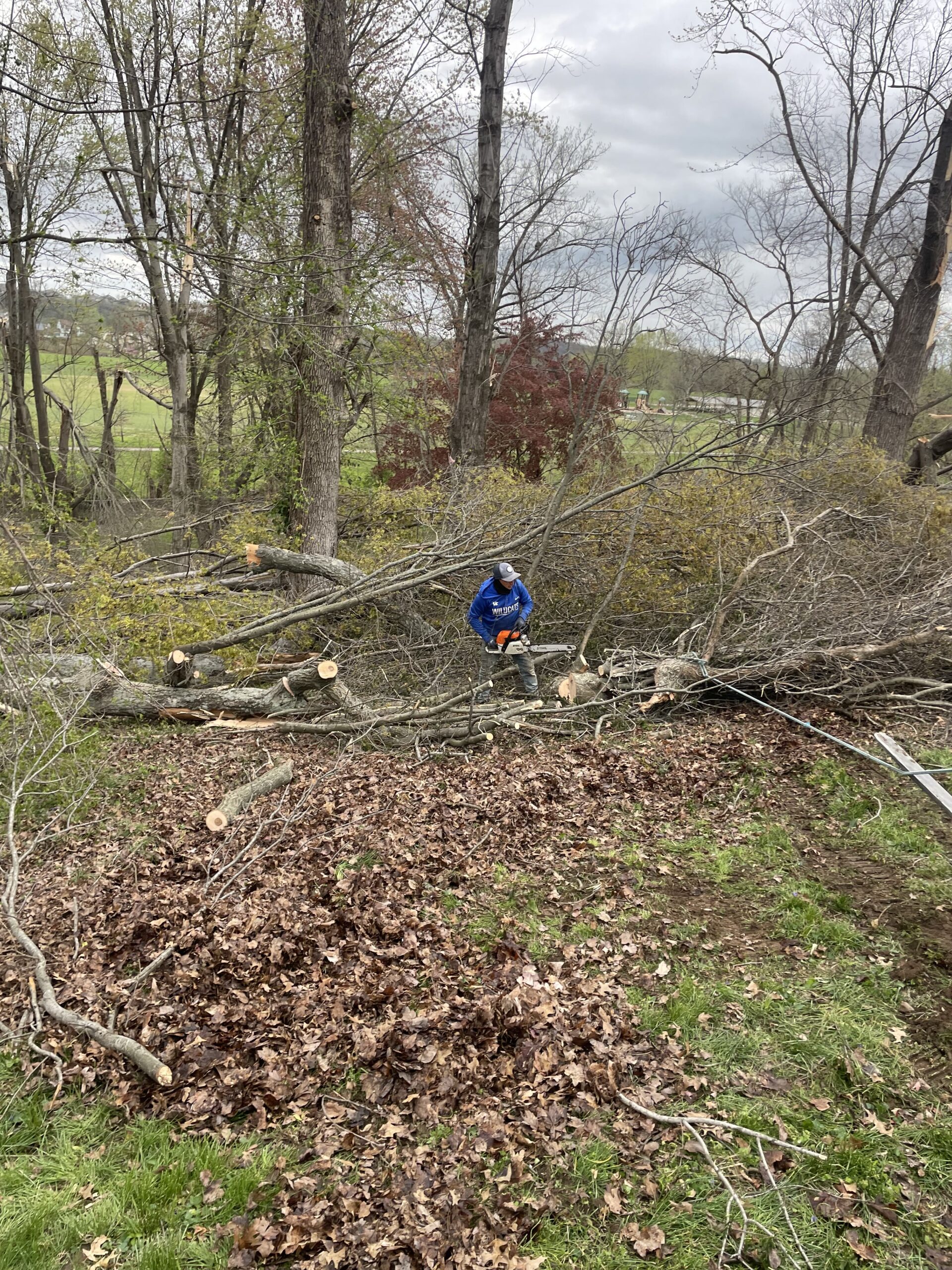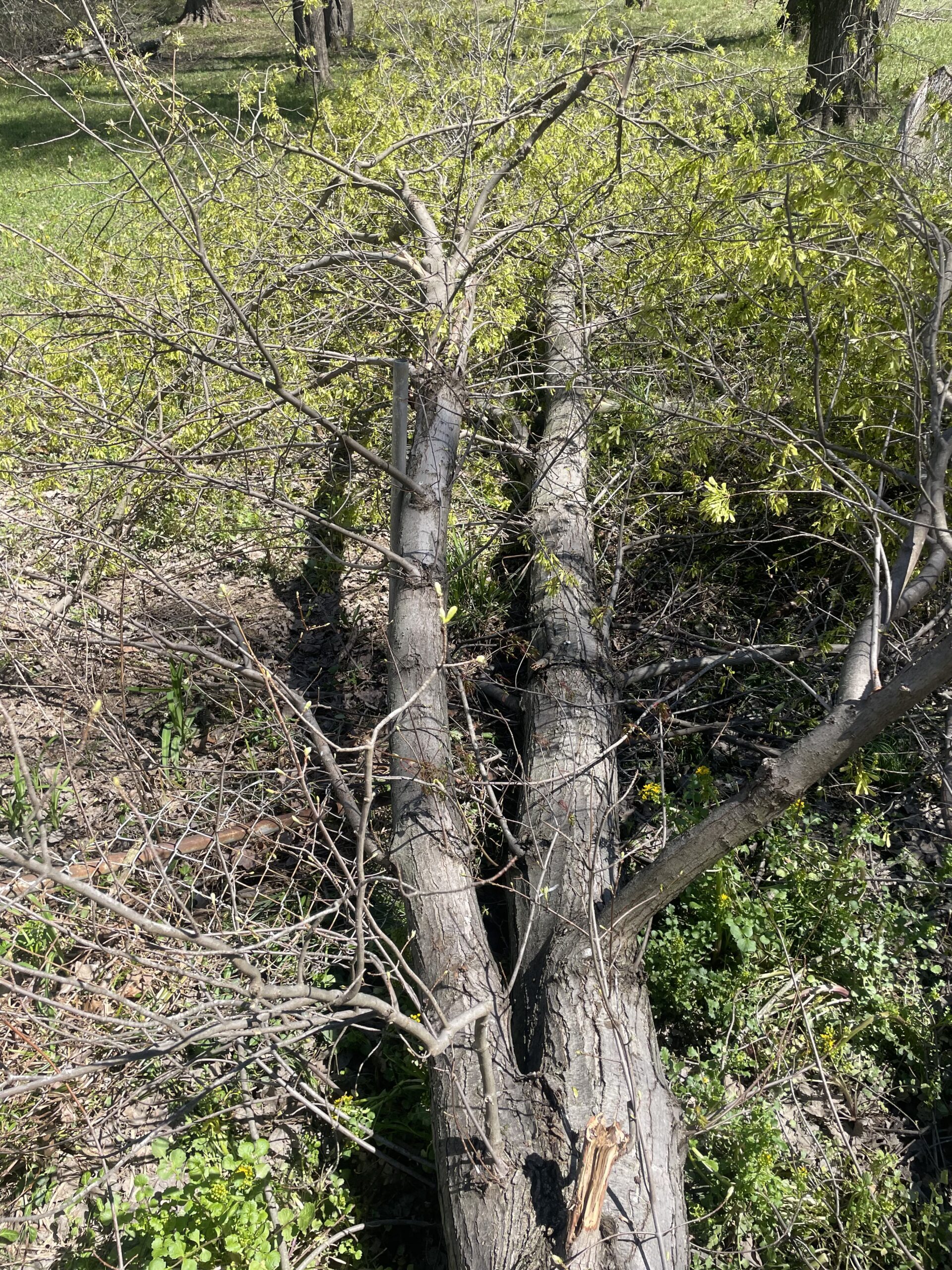Table of Contents:
- Importance of Tree Trimming
- Factors Influencing Trimming Frequency
- Signs That Indicate Trimming is Needed
- Best Practices for Tree Trimming
- Conclusion
- Frequently Asked Questions
If you have trees on your property, you know regular tree trimming is essential for their health and appearance. But how often should you trim your trees to keep them in top shape? Understanding the timing for tree trimming can help you maintain a beautiful and thriving landscape.
Trimming frequency depends on various factors such as tree species, age, and growth rate. Proper pruning can promote growth, prevent disease, and enhance the overall aesthetics of your trees. By knowing when and how often to trim your trees, you can ensure they remain healthy and vibrant throughout the year.
In this article, we’ll explore the factors that influence tree trimming frequency and provide guidelines to help you determine the best schedule for maintaining your trees. Whether you have fruit trees, ornamentals, or shade trees, knowing when to trim them can make a significant difference in their longevity and vitality.

Importance of Tree Trimming
Maintaining the health and appearance of your trees through regular trimming is crucial. The frequency of trimming depends on various factors such as the species of the tree, its age, and growth rate. Proper pruning not only promotes growth but also helps prevent diseases and enhances the overall aesthetics of your trees.
Trimming your trees at the right time can significantly impact their health and longevity. By understanding the influencing factors like tree species and growth patterns, you can determine the optimal trimming schedule for different types of trees on your property. Whether you have fruit trees, ornamental trees, or shade trees, following a proper trimming routine is essential to ensure their vitality and longevity.
Factors Influencing Trimming Frequency
When considering how often trees need to be trimmed, several key factors come into play. Understanding these factors can help you determine the optimal trimming schedule for your trees, ensuring they remain healthy and vibrant.
Tree Species
Different tree species have varying growth patterns and requirements for pruning. Some trees, such as fast-growing species like willows or maples, may need more frequent trimming to maintain their shape and health.
On the other hand, slower-growing trees like oaks or beeches may require less frequent pruning. Knowing the specific traits of your tree species can guide you in determining how often they should be trimmed.
Growth Rate
The growth rate of a tree also plays a crucial role in determining the frequency of trimming. Rapidly growing trees generally need more frequent pruning to control their growth and shape.
low-growing trees, on the other hand, may only need occasional trimming to remove dead or damaged branches. Understanding your tree’s growth rate can help you establish a suitable trimming schedule to promote healthy growth.
Age and Health of the Tree
The age and health of a tree are significant factors in deciding how often it needs to be trimmed. Younger trees typically require more frequent pruning to shape their growth and encourage structural development.
Older trees may need less frequent trimming but may require more specialized care to maintain their health. Additionally, the overall health of a tree impacts its pruning needs, with diseased or weakened trees often requiring more frequent and targeted trimming to promote recovery and prevent further damage.
By considering factors such as tree species, growth rate, age, and health, you can develop a tailored trimming schedule that supports the vitality and longevity of your trees. Understanding these influencing factors empowers you to care for your trees effectively, ensuring they thrive and enhance the beauty of your property.
Signs That Indicate Trimming is Needed
Inspecting your trees regularly is essential to identify when trimming is necessary. Look out for these signs that indicate it’s time to trim your trees:
- Overgrown Branches: When branches extend beyond the tree’s canopy or grow too close to structures, it’s a clear sign that trimming is needed. Overgrown branches can pose safety risks during storms or high winds.
- Dead or Damaged Branches: Dead or damaged branches not only detract from the tree’s aesthetics but also jeopardize its health. Removing these branches through trimming promotes new growth and prevents diseases from spreading.
- Crossovers and Rubbing Branches: Branches that rub against each other can cause wounds and open pathways for pests and diseases. Trimming these crossovers improves the tree’s overall health and appearance.
- Dense Canopy: A dense canopy can hinder sunlight penetration and airflow within the tree, leading to issues such as fungal growth or infestations. Trimming the canopy helps improve air circulation and promotes tree health.
- Signs of Disease or Pest Infestation: If you notice signs of disease or pest infestation on your tree, such as unusual spots on leaves or visible pests, prompt trimming may help prevent further damage and save the tree.
Regularly monitoring your trees for these signs and addressing them through timely trimming can ensure their health, longevity, and aesthetic appeal.
Best Practices for Tree Trimming
Maintaining the health and appearance of your trees through regular trimming is crucial. The optimal frequency of trimming depends on several factors such as the species of the tree, its age, and growth rate.
By following best practices for tree trimming, you can enhance the overall well-being of your trees and ensure they remain visually appealing on your property. Consider the following guidelines for effective tree maintenance:
1. Understanding Tree Species
Different tree species have distinct growth patterns, which influence their trimming requirements. Fast-growing trees like willows or maples necessitate more frequent trimming intervals compared to slower-growing trees such as oaks. Recognizing the growth characteristics of your tree species is essential for determining the right trimming schedule to support their health and structure.
2. Considering Growth Rate and Age
The growth rate of a tree directly correlates with its trimming needs. Trees that grow rapidly often require more frequent pruning to manage their shape and prevent overcrowding. Younger trees typically need regular pruning to promote structural development, while older trees may require specialized care to maintain their vitality. Tailoring your trimming regimen based on the age and growth rate of your trees ensures their long-term health and resilience.
3. Monitoring Tree Health
Regularly inspecting your trees for signs that indicate the need for trimming is essential for their well-being. Look out for overgrown branches, dead or damaged limbs, branch crossovers, dense canopies, and indications of disease or pest infestation. Addressing these issues promptly through trimming not only enhances the tree’s appearance but also promotes new growth, improves air circulation, and reduces safety risks on your property.
4. Developing a Trimming Schedule
Creating a customized trimming schedule based on the specific needs of your trees is key to their ongoing care. Consider factors such as species, growth rate, age, and overall health when planning your trimming routines. By establishing a consistent trimming schedule that aligns with the requirements of your trees, you can ensure they thrive, stay vibrant, and contribute to the beauty of your landscape.
By adhering to these best practices for tree trimming, you can effectively maintain the health, aesthetics, and longevity of your trees, transforming your property into a flourishing and picturesque ecosystem. Regular monitoring and proactive trimming are vital components of tree care that will enhance the overall vitality of your landscape. You can also reach out to tree-trimming professionals if you want them to do the job for you.

Conclusion
Understanding the factors influencing tree trimming frequency is crucial for maintaining the health and beauty of your trees. Different species, growth rates, ages, and health conditions all play a role in determining how often your trees need to be trimmed.
By recognizing the signs that indicate the need for pruning and following best practices tailored to your trees’ specific needs, you can ensure they thrive and enhance your property’s landscape.
Regular monitoring and proactive trimming will not only promote new growth and air circulation but also prevent safety hazards and improve overall tree health. By incorporating these practices into your tree care routine, you can enjoy a flourishing and picturesque ecosystem on your property for years to come.
Frequently Asked Questions
Why is regular tree trimming important?
Regular tree trimming is crucial for maintaining tree health, appearance, and safety. It promotes growth, prevents diseases, and enhances aesthetics.
What factors influence how often trees should be trimmed?
Tree species, growth rate, age, and health are key factors. Fast-growing species need more frequent trimming than slow-growing ones.
How can trimming at the right time benefit trees?
Trimming at the right time can significantly impact the health and longevity of trees by promoting new growth and preventing potential risks.
What are the signs that indicate the need for tree trimming?
Overgrown branches, dead or damaged limbs, crossovers, dense canopy, and signs of disease or pest infestation signal the need for trimming.
What are the best practices for effective tree trimming?
Understand tree species, monitor tree health, and develop a customized trimming regimen based on species, growth rate, age, and health.